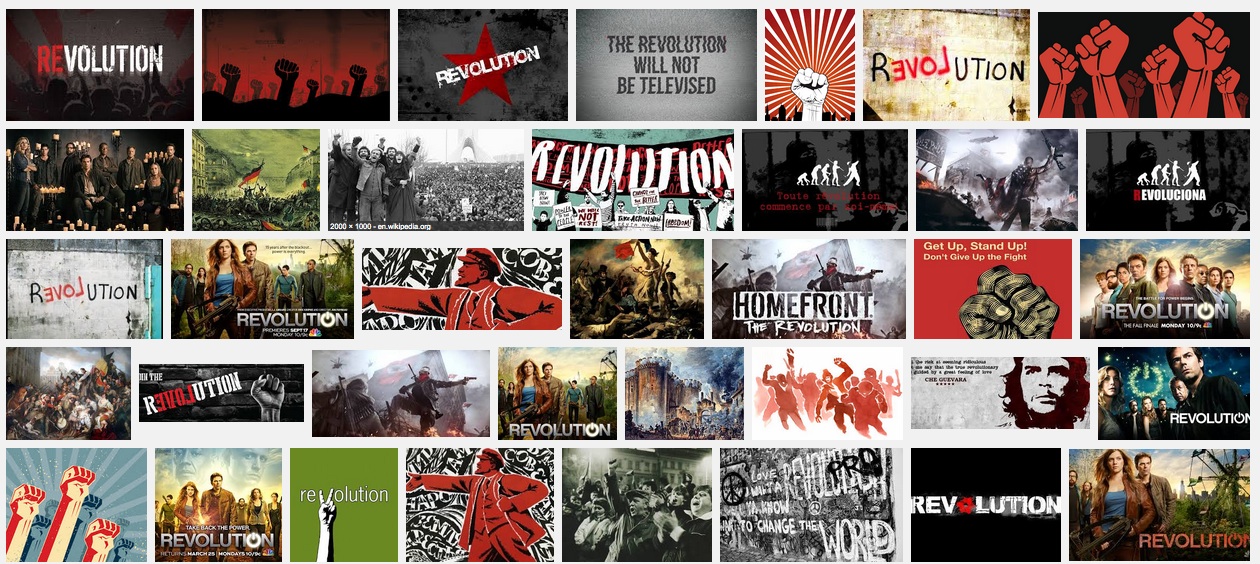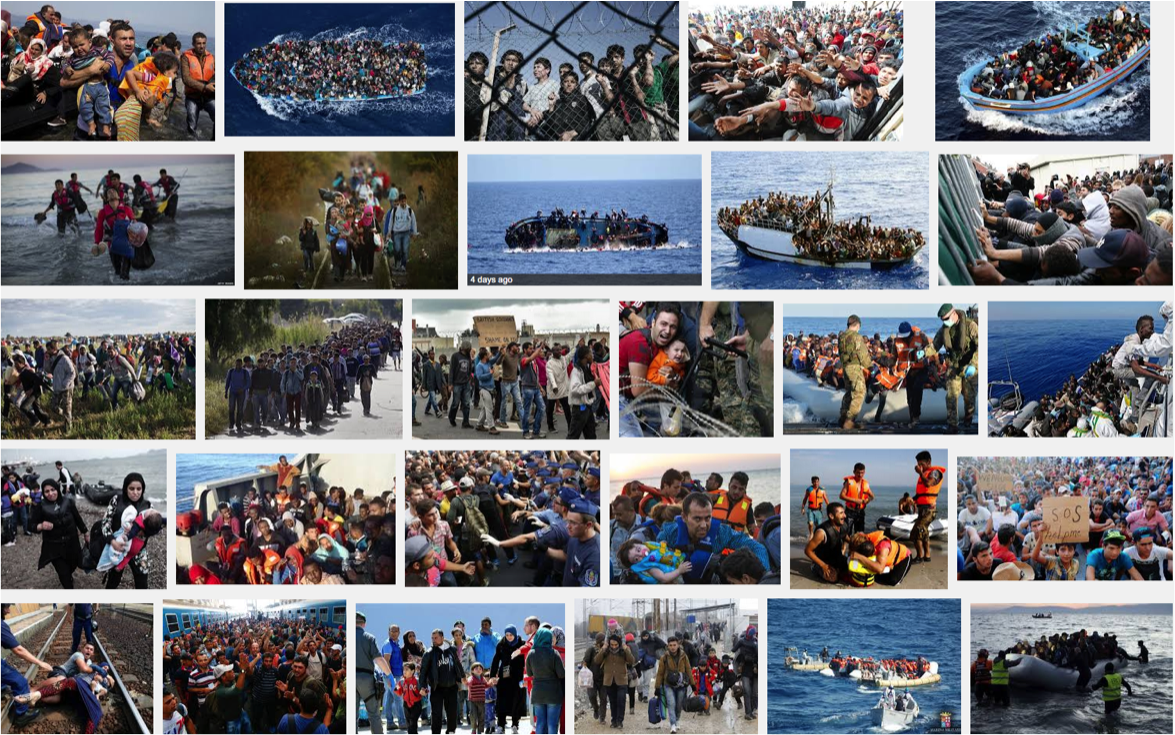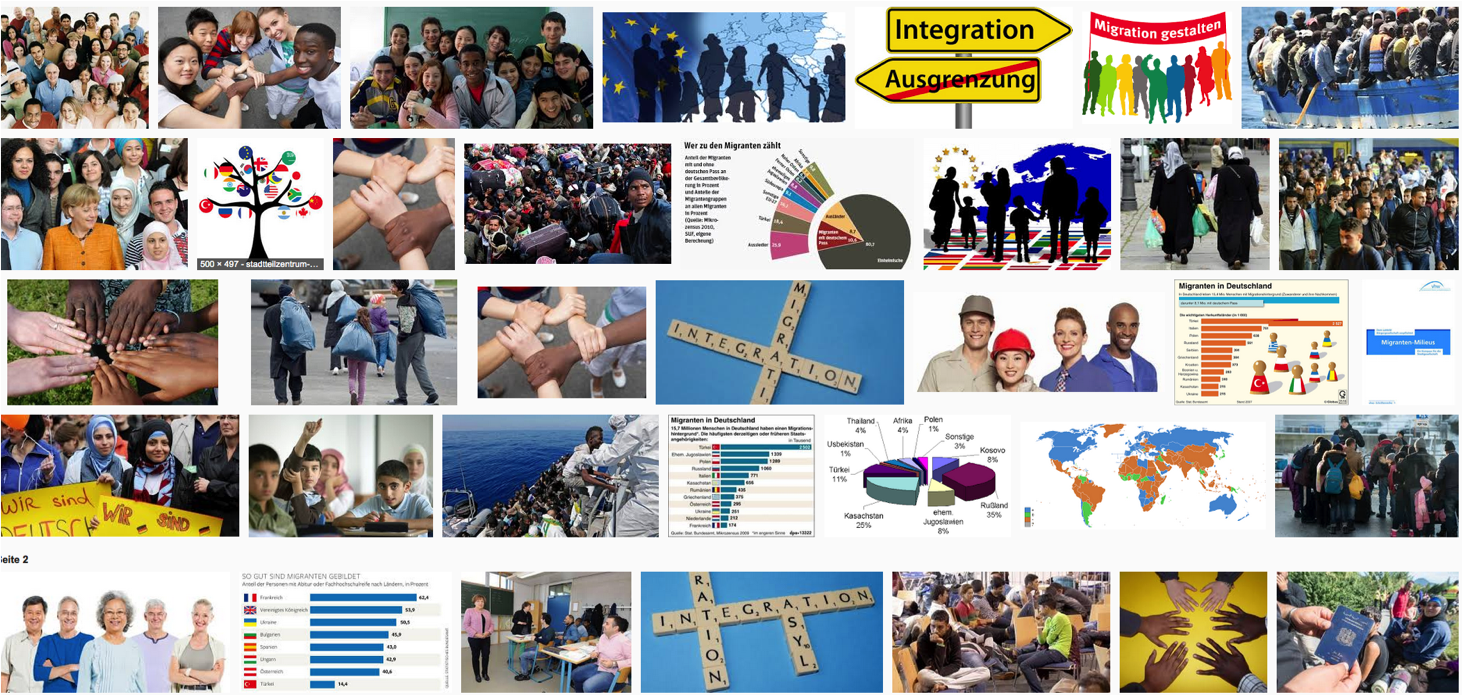Définition : (hist) Nom donné aux mouvements qui se sont succédés en France depuis la réunion des États généraux (5 mai 1789) jusqu’au coup d’État du 18 brumaire 1799; période et régime correspondants. Ensemble des événements, des actions ayant abouties à un bouleversement historique ou ayant eu lieu pendant celui-ci; ensemble des forces révolutionnaires; gouvernement, pouvoir issus de la révolution. Empl. générique. Changement des institutions politiques et sociales par des moyens radicaux.
Source : centre national de ressources textuelles et lexicales
Un poing levé !
Une série dessinée de poing levé noir ou rouge, couleur de sang ou alors le concept typographié : voilà ce que propose google : un symbole et rien d’autre. Outre La liberté guidant le peuple de Delacroix, (emblème occidentale) ou une ou deux images d’une série TV portant le nom de Révolution, le concept ne renvoie à aucun fait historique précis. Seules, 3 images perdues dans la première page renvoient à un événement : une de la révolution culturelle chinoise de Mao Zedong, une autre de Lénine ou encore du Che. Sachant que ces deux personnalités sont également des symboles révolutionnaires. L’idée de transformation ou encore de bouleversement politique n’est pas représenté et encore moins un peuple qui se révolte.
Le poing, un symbole, un fait de société qui se réduit à une abstraction visuelle, désincarné.
Pas d’images des révolutions récentes comme celles qui ont secouées la société civile de Tunisie, d’Egypte, … Il faut taper le mot révolte pour trouver des images qui montrent des peuples qui se révoltent contre l’injustice ou l’autorité !
Clin d’œil : The Revolution Will Not Be Televised

Pour aller plus loin : Image Atlas




